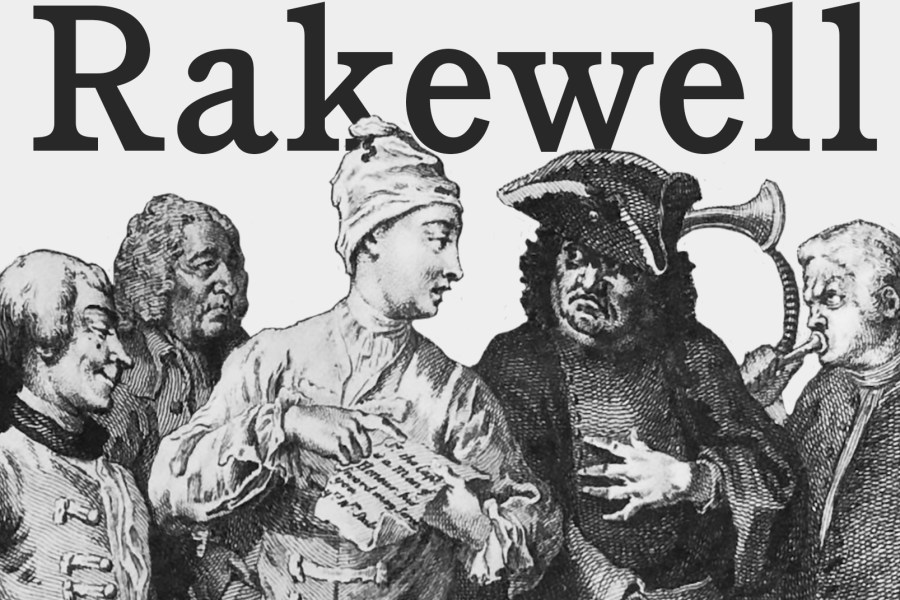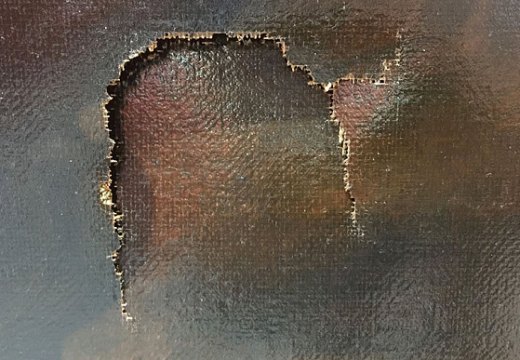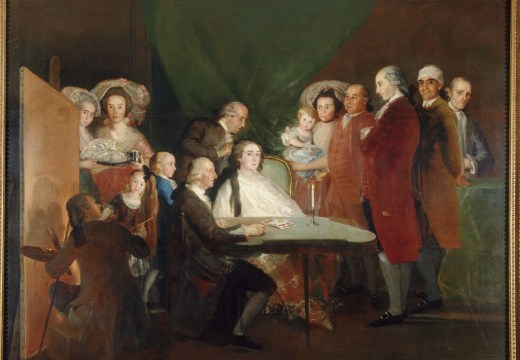Introducing Rakewell, Apollo’s wandering eye on the art world. Look out for regular posts taking a rakish perspective on art and museum stories.
Tributes to Brian Sewell have washed through the press since his death on 19 September, citing his biting wit, his allergy to contemporary art and, yes, his luxuriantly drawled vowels. Less celebrated, but no less worthy of commemoration was the late critic’s staggering knowledge of art history. Though it may not always have been pronounced in his TV appearances and (largely scathing) columns for the London Evening Standard, Sewell was one of Britain’s foremost authorities on Old Master drawings – and therefore, a natural Apollo contributor. At one point, he was even in the running to become editor, losing out partly because the then-publisher was concerned about Sewell’s libellous tendencies.
Leafing through Sewell’s bylines for Apollo, Rakewell was tickled to read a piece he wrote on sculptor and poet Ian Hamilton Finlay in 1989. The article was Sewell’s response to a bizarre incident in which Finlay, having been commissioned to create a sculpture commemorating the bicentenary of the French Revolution by François Mitterrand’s culture ministry, became embroiled in a scandal over his alleged (and utterly non-existent) ‘Nazi sympathies’. Just three days after his commission was formally announced, Finlay was dropped, and threw himself into an almighty squabble with the French government. Unsurprisingly, Sewell’s view of the affair makes for colourful reading:
‘Ian Hamilton Finlay is a Scot aged sixty-three’, Sewell begins, ‘he has some small European reputation as a sculptor, but beyond the braes of Scotland is almost unknown in the United Kingdom’.
So far, so waspish. But Sewell being Sewell, it’s only a matter of paragraphs before the guillotine blade descends on Finlay’s reputation.
‘this [dispute with the French government] is hugely amusing to any onlooker who sees Finlay’s activity in sculpture as spurious. Here we have a man who is not a sculptor but is known as one; because he has quoted Saint-Just in his work, this pseudo-sculptor has the unjustified reputation in France of being the only sculptor outside France who knows anything about the Revolution; the French state awards him the commission to celebrate the most significant political event in French history; and the commission to the man who is not a sculptor is worth the enormous sum of £500,000.’
Ouch. The ever-resourceful Sewell does, however, propose a solution to the impasse:
‘There is one proper, gentlemanly resolution to the dispute: the French authorities should admit their chauvinism and give Finlay a cancellation fee of perhaps £50,000; Finlay should then admit that as he is no sculptor he has no right to the fee, and hand it back. The French can then, quite properly give the commission to some Frenchman to whom it should initially have gone, and Finlay can return to the obscurity of Scotland, and, we hope, never again claim to be a sculptor.’
Unlike the Rake, the notoriously prickly Finlay was not amused. In 2011, writer and curator Tom Jeffreys got the full story from Brian Sewell: shortly after the piece had appeared in Apollo, the magazine’s offices in Davies Street received a visit from Finlay’s ‘heavies’ (Sewell’s term). An employee at the time recalls graffiti scrawled across the doors of the premises.
Sewell, too, got a knock on the door that day – but it seems he knew what to expect; he hid at the top of his Kensington house with a dog until Finlay’s goons lost patience and left.
Improbable though this sounds, Finlay did indeed avail himself to the services of a group he called the ‘Saint-Just Vigilantes’. According to a 2012 article by critic Waldemar Januszczak (a longstanding Sewell enemy described as ‘rebarbative’ in the article quoted above), this was a ‘band of impressionable Scots art yobs – Finlay’s storm troopers – sent to terrorise others and defend his honour’.
There was no love lost between Sewell and Victoria Miro, Finlay’s gallerist over the affair. He told Tom Jeffreys that she ‘not set foot’ in anything he was involved with. Indeed, the two appeared to have conflicting memories of the episode: in a 2010 interview with the Observer, Miro alleged that Finlay had successfully sued Sewell over the Apollo article; for his part, Sewell denied that he had ever been sued by anyone.
If you can enlighten the Rake as to the facts, drop him an e-mail at rakewell@apollomag.com. He’s all ears…
Unlimited access from just $16 every 3 months
Subscribe to get unlimited and exclusive access to the top art stories, interviews and exhibition reviews.















![Masterpiece [Re]discovery 2022. Photo: Ben Fisher Photography, courtesy of Masterpiece London](http://www.apollo-magazine.com/wp-content/uploads/2022/07/MPL2022_4263.jpg)
It’s time for the government of London to return to its rightful home